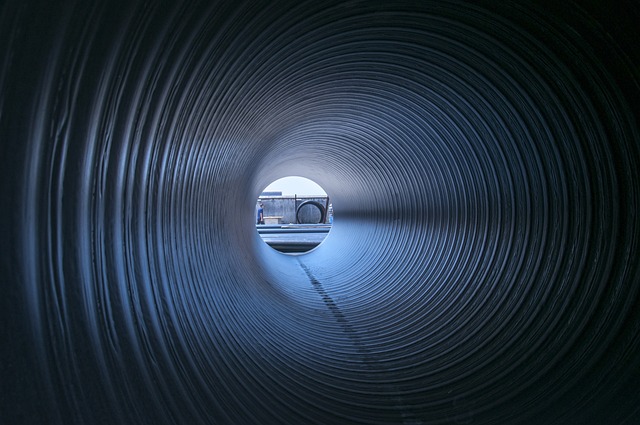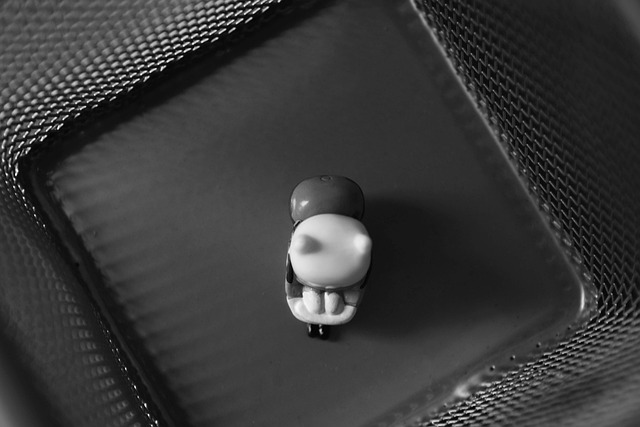DIY pipe insulation is an affordable way to improve your home's energy efficiency, prevent pipe freezing, and reduce energy bills. Using accessible materials, you can insulate exposed pipes, ensuring consistent water temperatures and lower heating costs. Effective insulation requires precise cutting, secure attachment with heat-resistant tape or adhesive, and proper sealing with foam sealants to block heat transfer and moisture penetration. Regular inspection and immediate repair of any damage are crucial for optimal performance.
“DIY pipe insulation can be a cost-effective way to maintain efficient heating and cooling systems, but it’s not without its pitfalls. This guide delves into the common mistakes homeowners make when insulating pipes, offering insights on material selection and installation techniques for optimal results. From choosing the right insulants to safe application methods, learn how to avoid potential hazards and ensure effective DIY pipe insulation that lasts. Master these tips and transform your home’s plumbing efficiency.”
- Understanding DIY Pipe Insulation: Common Pitfalls and Precautions
- Material Selection: Choosing the Right Insulation for Your Pipes
- Installation Techniques: Ensuring Effective and Safe Pipe Insulation
Understanding DIY Pipe Insulation: Common Pitfalls and Precautions

Material Selection: Choosing the Right Insulation for Your Pipes

Installation Techniques: Ensuring Effective and Safe Pipe Insulation

When it comes to DIY pipe insulation, understanding and employing effective installation techniques is paramount. A common mistake is haphazard application, leading to gaps or uneven coverage, which undermines the insulation’s purpose. To avoid this, measure and cut insulation material precisely to fit around pipes, ensuring no bare sections are exposed. Additionally, use appropriate tools like heat-resistant tape or specialized adhesive to secure the insulation in place.
Another critical aspect is proper sealing. Inadequate sealing allows heat transfer and moisture penetration, defeating the insulation’s efficiency. Use foam sealants designed for pipe insulation to fill gaps and create a continuous barrier. Regular inspection of the insulation after installation is also beneficial, addressing any visible damage or shifting promptly to maintain optimal performance.
DIY pipe insulation can significantly improve energy efficiency and prevent pipes from freezing, but it’s not without its pitfalls. By understanding common mistakes like improper material selection, inadequate installation techniques, and missing key steps, you can avoid costly repairs and ensure your pipes remain well-protected. Always choose the right materials for your specific needs, follow best practices during installation, and regularly inspect your insulation to maintain optimal performance of your DIY pipe insulation project.
